
Guest post by Safeer Khan, Lecturer at Department of Pharmaceutical Sciences, Government College University, Lahore, Pakistan* Introduction Pilot studies are a cornerstone of modern clinical research. These preliminary trials allow researchers to assess the feasibility of their hypotheses, refine methodologies, and identify potential obstacles before embarking on larger, more expensive trials with significant ethical implications. A well-structured pilot study not only saves time and resources but also reduces the chances of costly failures during later phases of the clinical trial process.
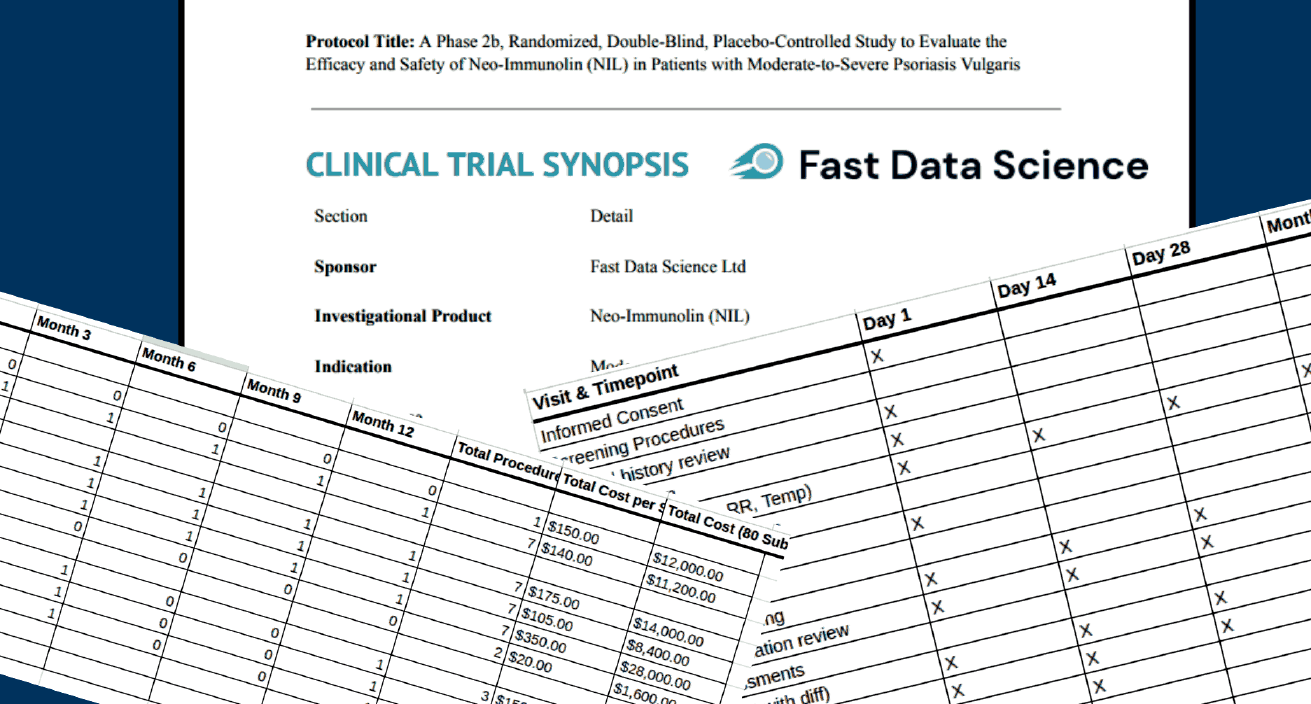
A number of documents are needed to produce a complete and accurate clinical trial budget. The necessary documents typically include: the study protocol (generally the most important document for building a budget) the informed consent form the clinical trial agreement or sponsor contract any laboratory and pharmacy manuals the charge master or schedule of fees the sponsor’s budget. However, sometimes a sponsor will send only the synopsis to a CRO when requesting a quote.
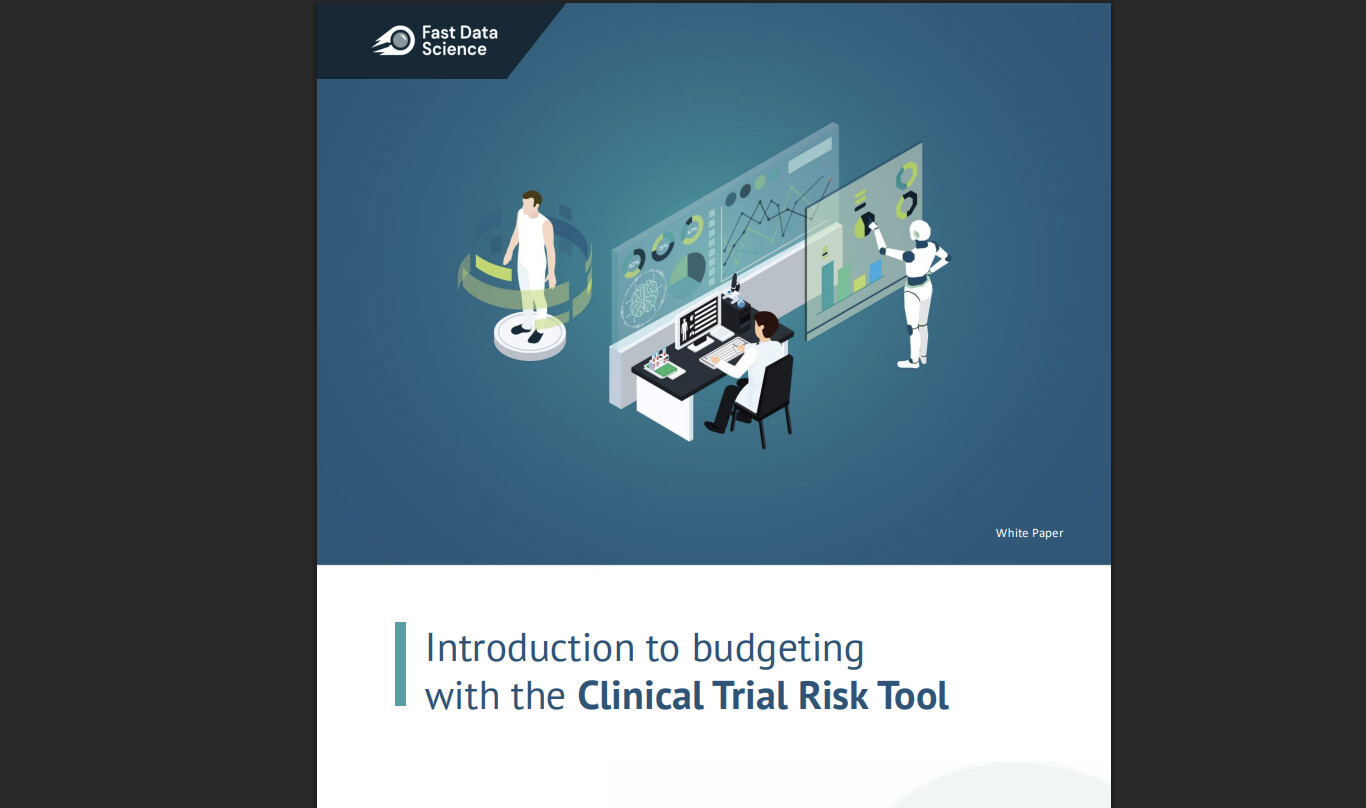
Are you wondering how you can build a detailed clinical trial budget from the protocol, whether for a site, CRO, or sponsor? This may appear an intimidating task. You have to read the protocol carefully, find the schedule of events, calculate how many times each activity occurs during the trial, and slowly create an itemised budget spreadsheet. There are cost items buried in footnotes that you need to look for.

Guest post by Youssef Soliman, medical student at Assiut University and biostatistician In 2025, the outsourcing of clinical trials has become a common strategy for pharmaceutical and biotechnology sponsors. Facing rising R&D costs and complicated studies, sponsors turn to Contract Research Organizations (CROs) and other external partners to manage clinical trials. This practice, known as outsourcing clinical trials, is adopted as a best practice for containing costs and enhancing efficiency in drug development [1].
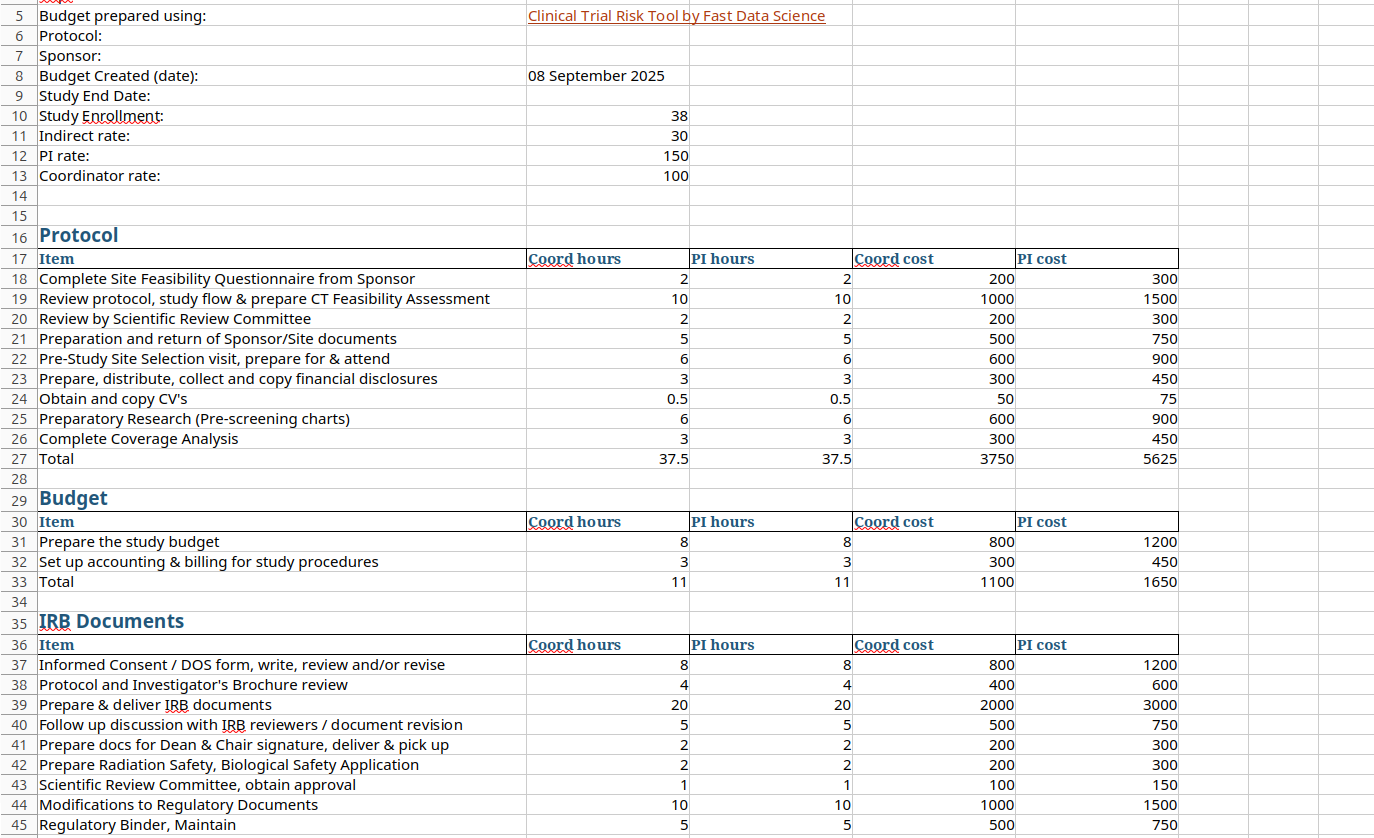
Creating clinical trial budgets from protocols Creating a clinical trial budget is a fiddly and time consuming process. The playbook for running the clinical trial is a document called the protocol. You can find examples of protocols here. The protocol states how many participants will take part in the trial and also what visits and procedures will take place. Above: a protocol. Source: NCT04128579 A clinical trial manager must read the protocol and look for all pieces of information in the protocol that is relevant to the budget, in particular the Schedule of Events (also called Schedule of Assessments or Schedule of Activities), which is a table or series of tables which indicate which procedures and assessments will take place on which the visits.
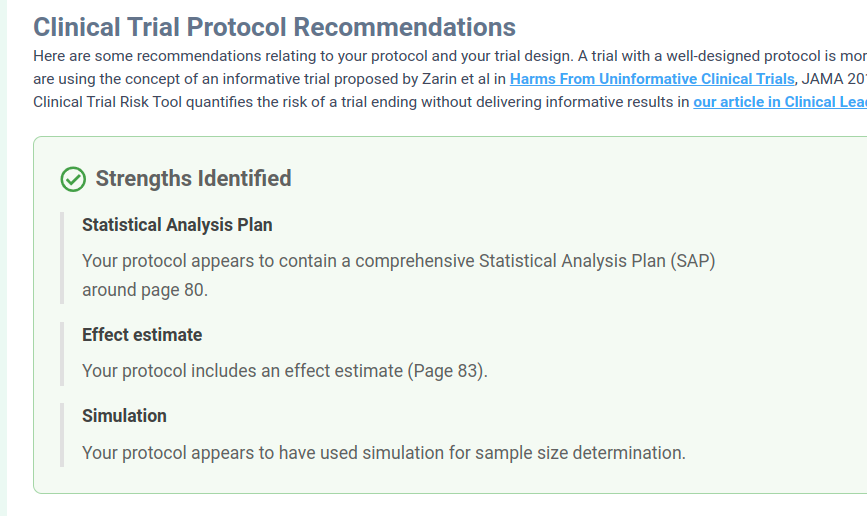
We have improved the Clinical Trial Risk Tool in the last 6 months, making it more user friendly and taking on board the feedback that we’ve received. We’ve improved the accuracy of the machine learning components too. The tool now outputs its key figures such as risk levels and estimated cost in easily readable cards, so you can see at a glance the key takeaways from your protocol: The risk factors are now organised into collapsible categories, so you can explore them easily without an information overload.

Guest post by Safeer Khan, Lecturer at Department of Pharmaceutical Sciences, Government College University, Lahore, Pakistan Introduction The success of a clinical trial is strongly dependent on the structure and coordination of the teams managing it. Given the high stakes and significant impact of every decision made during the trial, it is essential for each team member to collaborate efficiently in order to meet strict deadlines, comply with regulations, and ensure reliable results.

Guest post by Youssef Soliman, medical student at Assiut University and biostatistician Clinical trial protocols are detailed master-plans of a study – often 100–200 pages long – outlining objectives, design, procedures, eligibility and analysis. Reading them cover-to-cover can be daunting and time-consuming. Yet careful review is essential. Protocols are the “backbone” of good research, ensuring trials are safe for participants and scientifically valid [1]. Fortunately, there are systematic strategies to speed up review and keep it objective.
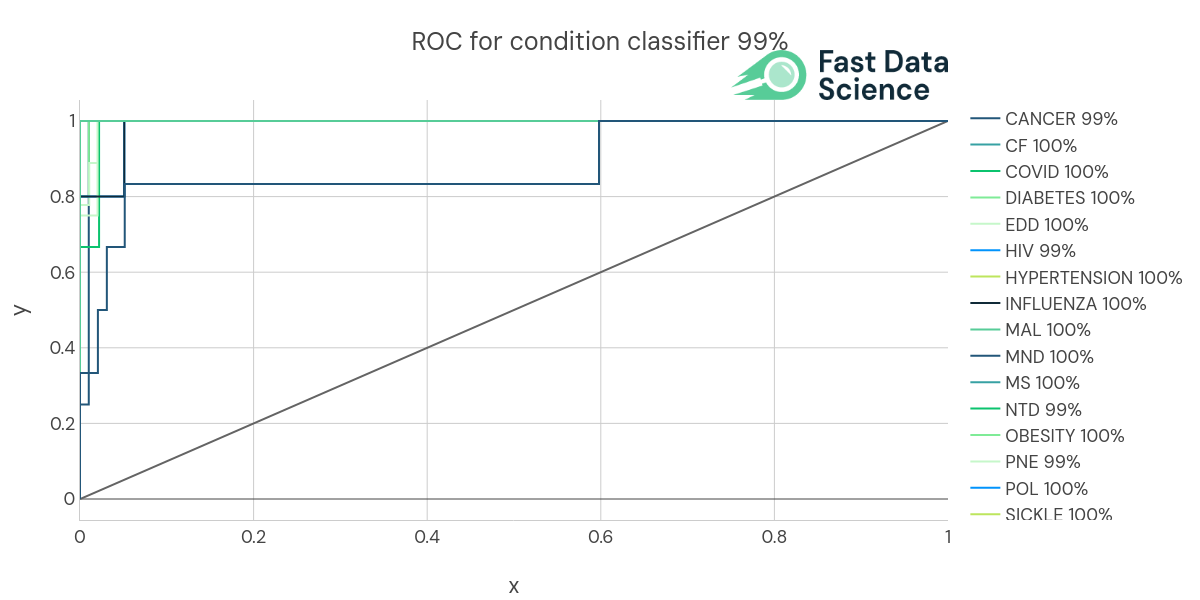
Introduction People have asked us often, how was the Clinical Trial Risk Tool trained? Does it just throw documents into ChatGPT? Or conversely, is it just an expert system, where we have painstakingly crafted keyword matching rules to look for important snippets of information in unstructured documents? Most of the tool is built using machine learning techniques. We either hand-annotated training data, or took training data from public sources. How We Trained the Models inside the Clinical Trial Risk Tool The different models inside the Clinical Trial Risk tool have been trained on real data, mostly taken from clinical trial repositories such as clinicaltrials.

Over the years, the overall cost of the drug development process has been exponentially increasing, prompting the adoption and use of adaptive clinical trial design software. Though there are practical difficulties and barriers in implementing clinical trial solutions, these problems are adequately addressed to overcome these issues as they arise. With advancements in software technologies, further improvements are being made to the software’s adaptive clinical trial design. Despite these progresses, just only a handful of well-established software with various types of clinical trial adaptations is currently available.